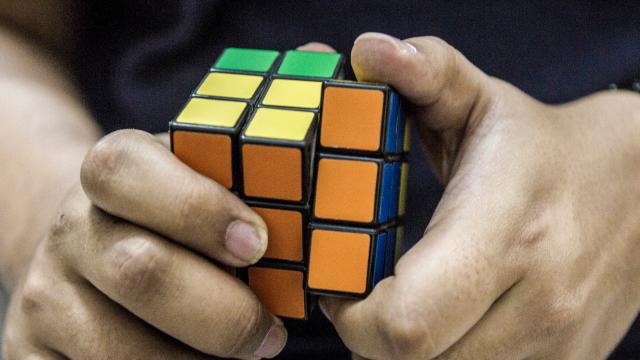The Field medal is mathematics’ answer to the Nobel Prize, and this year’s winners have been announced. Amongst them is Manjul Bhargava, one of the youngest people to be made a full professor at Princeton University, aged 28, whose work is inspired by… the Rubik’s Cube?
Odd as that may seem, in an interview New Scientist, Bhargava explained the inspiration behind the work for which he received the award:
Gauss’s law says that you can compose two quadratic forms, which you can think of as a square of numbers, to get a third square. I was in California in the summer of 1998, and I had a 2 x 2 x 2 mini Rubik’s cube. I was just visualising putting numbers on each of the corners, and I saw these binary quadratic forms coming out, three of them. I just sat down and wrote out the relations between them. It was a great day!
A great day indeed! Bhargava explains that he think of mathematics in a very visual way, hence the Cube.
There’s another notable first amongst this year’s Fields medal winners, too: for the first time ever, one of the awards has gone to a woman. Maryam Mirzakhani of Stanford University, California, receives the prize for her study of the geometry of moduli space, “a complex geometric and algebraic entity that might be described as a universe in which every point is itself a universe,” according to New Scientist. [New Scientist,
